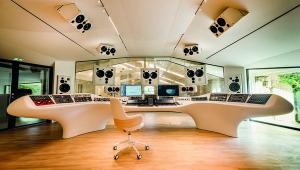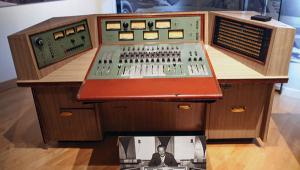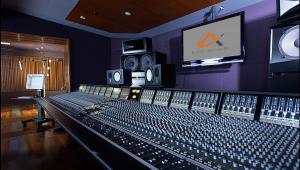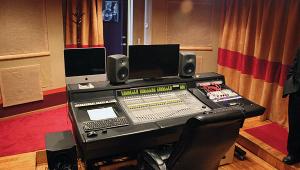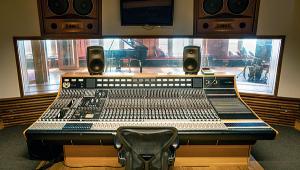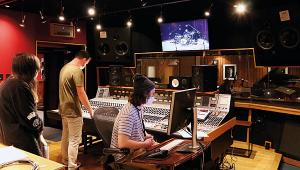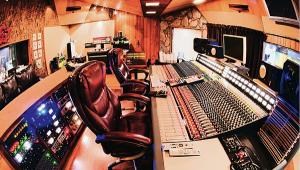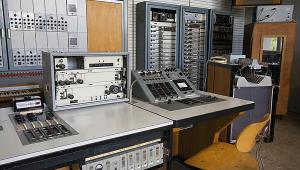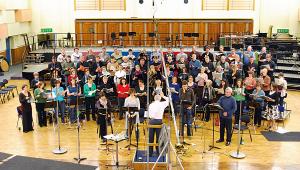Rockfield Studios Page 2

Dave Edmunds records his hit single version of 'I Hear You Knocking' in 1970 and Queen drop by in 1975 to record their A Night At The Opera album. Freddie Mercury is said to have written a chunk of their most famous song, 'Bohemian Rhapsody', on the piano in the corner of the food store, and as the '70s roll into the '80s, Adam & The Ants, Robert Plant, Echo & The Bunnymen and The Undertones follow suit.
In 1987 the world's first VR console is installed in the Coach house along with added drum rooms. Enter The Stone Roses, who come to Rockfield to remake the track 'Waterfall' and work on '(Song For My) Sugar Spun Sister', 'Made Of Stone', 'Shoot You Down' and 'I Am The Resurrection' with producer John Leckie [HFN Aug '17]. The band dig the vibe, so when the time comes to create the group's follow-up LP, The Second Coming, Rockfield is their choice.
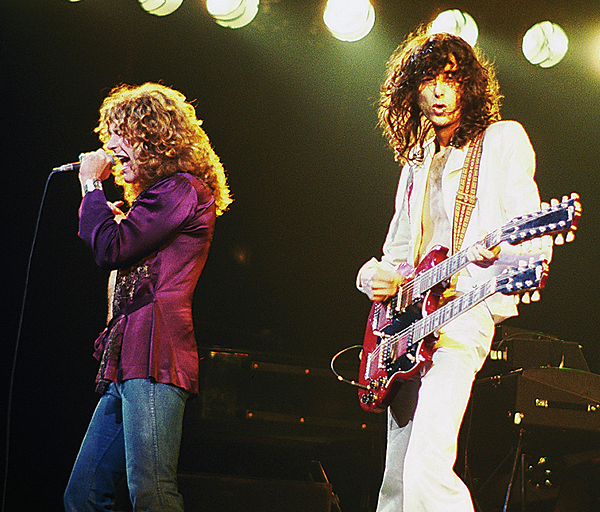
Artistic Statement
Leckie rocks up on Sunday, January the 28th, 1990. There's no sign of the band, whose American label, Geffen, is apparently happy to spend whatever it takes. Unbeknown to Leckie, the lads are intent on avenging the unauthorised re-release of their 1987 single 'Sally Cinnamon' by a Midlands-based label called FM-Revolver. They break into the company's office and splatter it all over with blue and white paint – 'an artistic statement', according to bassist Mani.

'They were meant to turn up at Rockfield on the Sunday night', says John Leckie. 'On the Tuesday night, there was no word. All the gear had turned up… and no-one was returning the calls. And on Tuesday night, 48 hours late, the door opens and they all fall in, covered in blue and white paint. They just fell in the door, giggling, just flopped on the chair, paint over the carpet. And they told me what they'd done.
'I got them to run through "One Love" and "Something's Burning", and we went to bed at four. And at about eight the next morning, the police came and took them away.'
'We were two nights in the cells', remembers Mani. 'They did our fingerprints. But the weird thing was, we told the coppers what papers to get the next morning. We said, "It'll be in the NME". And you know what was free with the NME? The poster of us covered in paint... We signed the poster for the coppers and wrote "Exhibit A" on it.'
The band return to Rockfield and then, for one reason or another, nothing happens for the next four years! Abortive sessions are booked in various studios until eventually they return to Wales. Leckie quits. Engineer Paul Schroeder takes over and quits, and the group then appoints Rockfield's in-house engineer Simon Dawson.
Some 14 months later the Second Coming is completed. Ironically, the band's lethargy saves the studio. This is the era of Acid House and all that dancey stuff doesn't suit the studio. 'They booked in officially for a couple of weeks', says Lisa Ward, Kingsley's daughter and now office manager, 'but they stayed. It was 13 months in the end. That saved us. The Stone Roses saved Rockfield'.
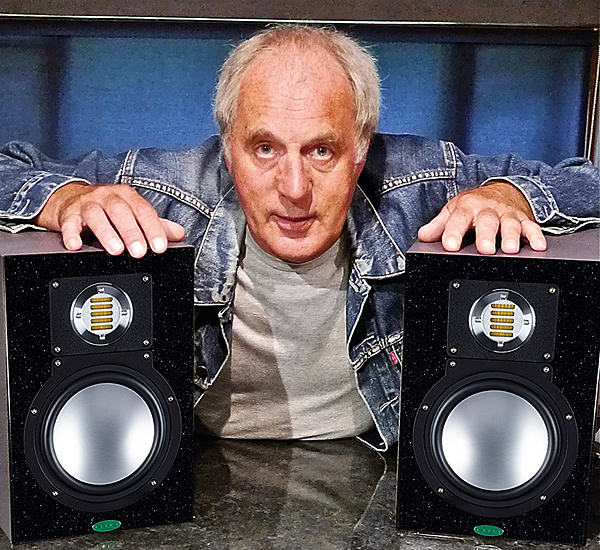
In The Stars
By now the Coach House and the Quadrangle have been updated with angled ceilings, extra booths, natural echo chambers and a MCI500 Series console. The studios pride themselves on their vintage equipment – the Rosser microphone amps, the API 550 equalisers and the Urei 1176 compressors. Visitors include The Pogues, Joe Strummer and The Manic Street Preachers and the studios are in full swing. In 1997, seven of the Top 10 albums in the UK chart are recorded at Rockfield.
Two years later, enter Coldplay, a fledgling band looking to record their debut album, Parachutes. 'We were recording "Shiver" and went outside for a breather', says singer Chris Martin. 'Our producer said, "Look up there, lads" and he literally said, "Look at the stars", which is the first line of "Yellow".
'I went back in and sat behind the mixing desk and I played the chord. I got the title for the song from the Yellow Pages, which was lying around. The chorus came in the bathroom of the living room area. And that gave us our lives!'


